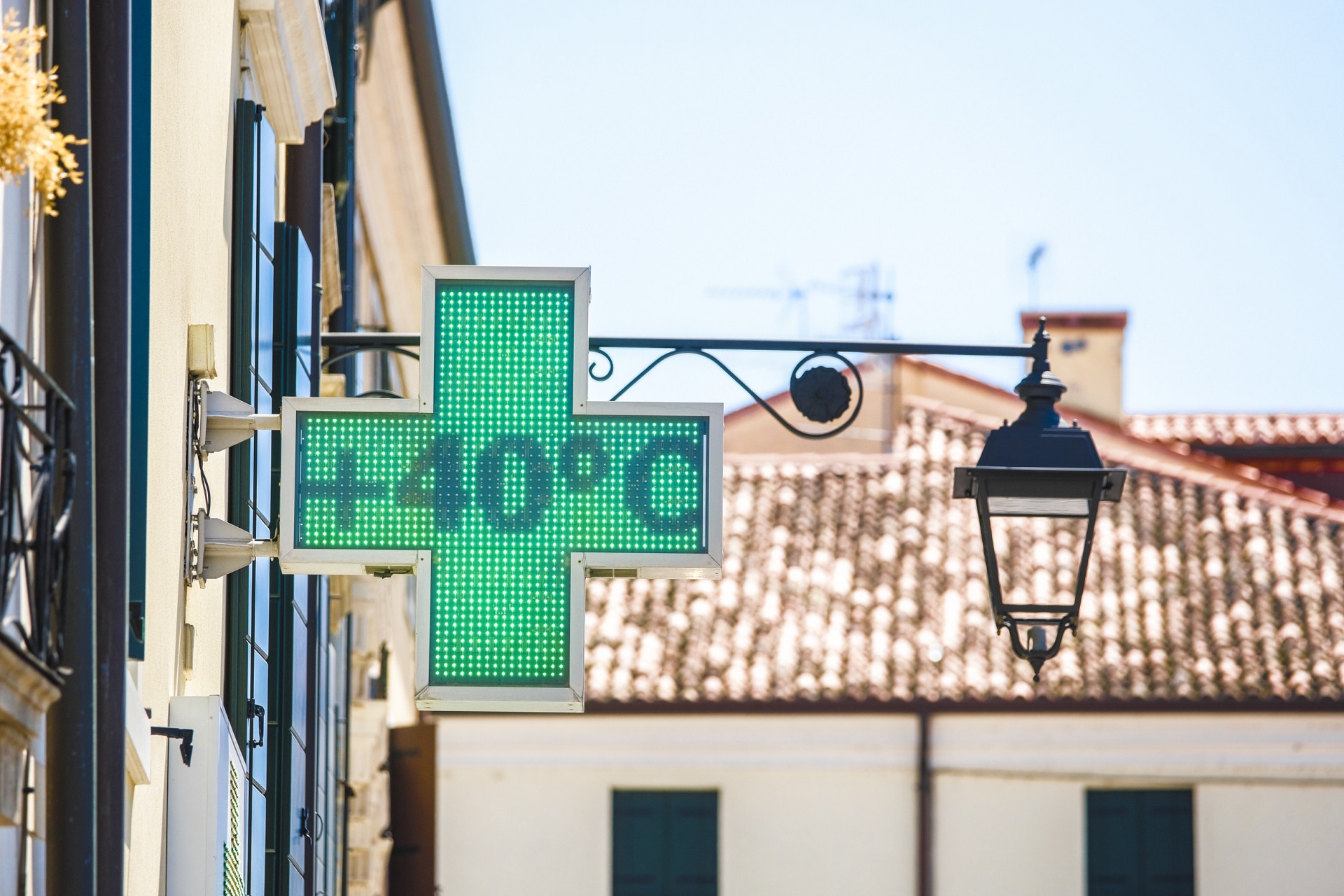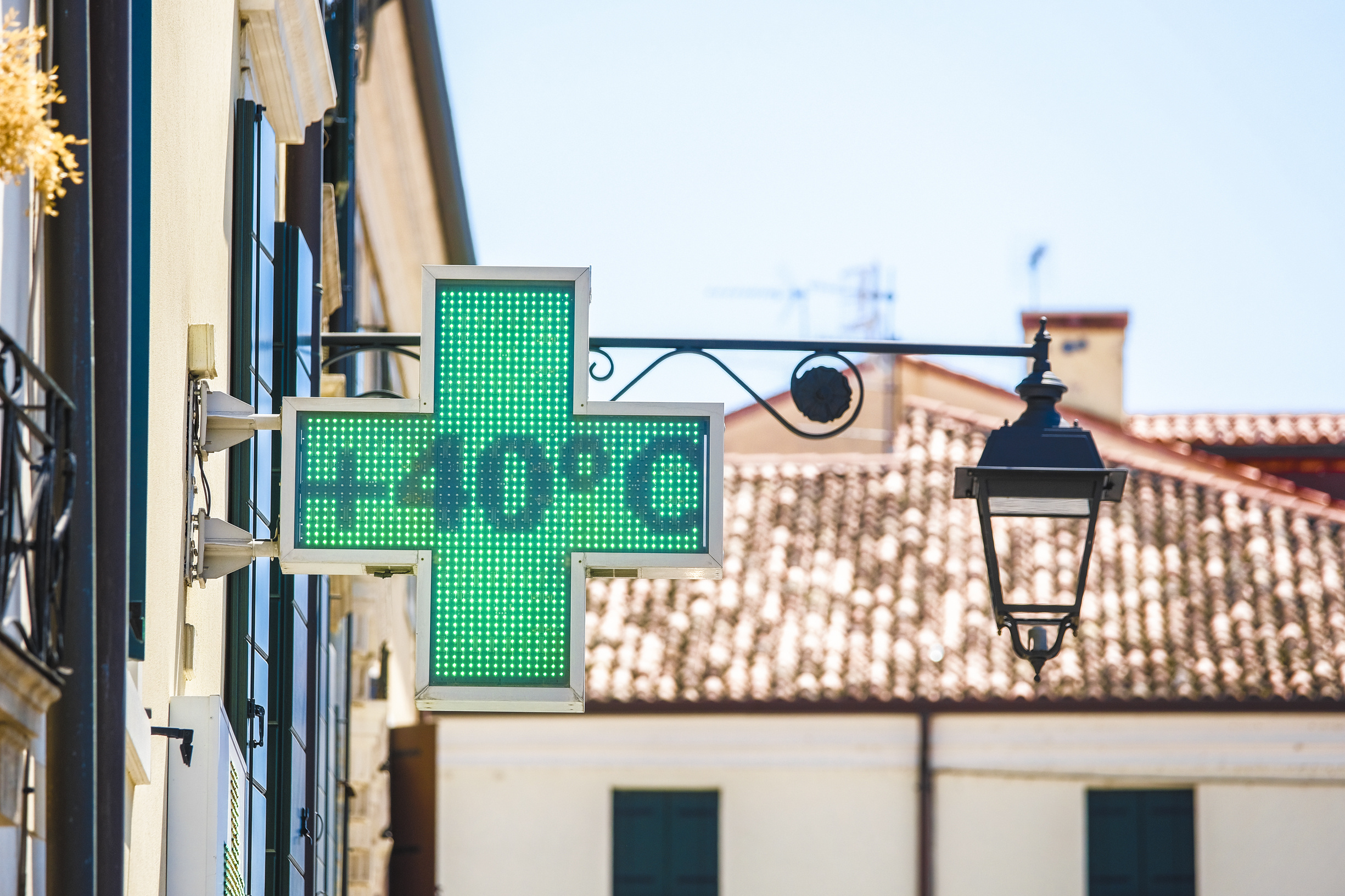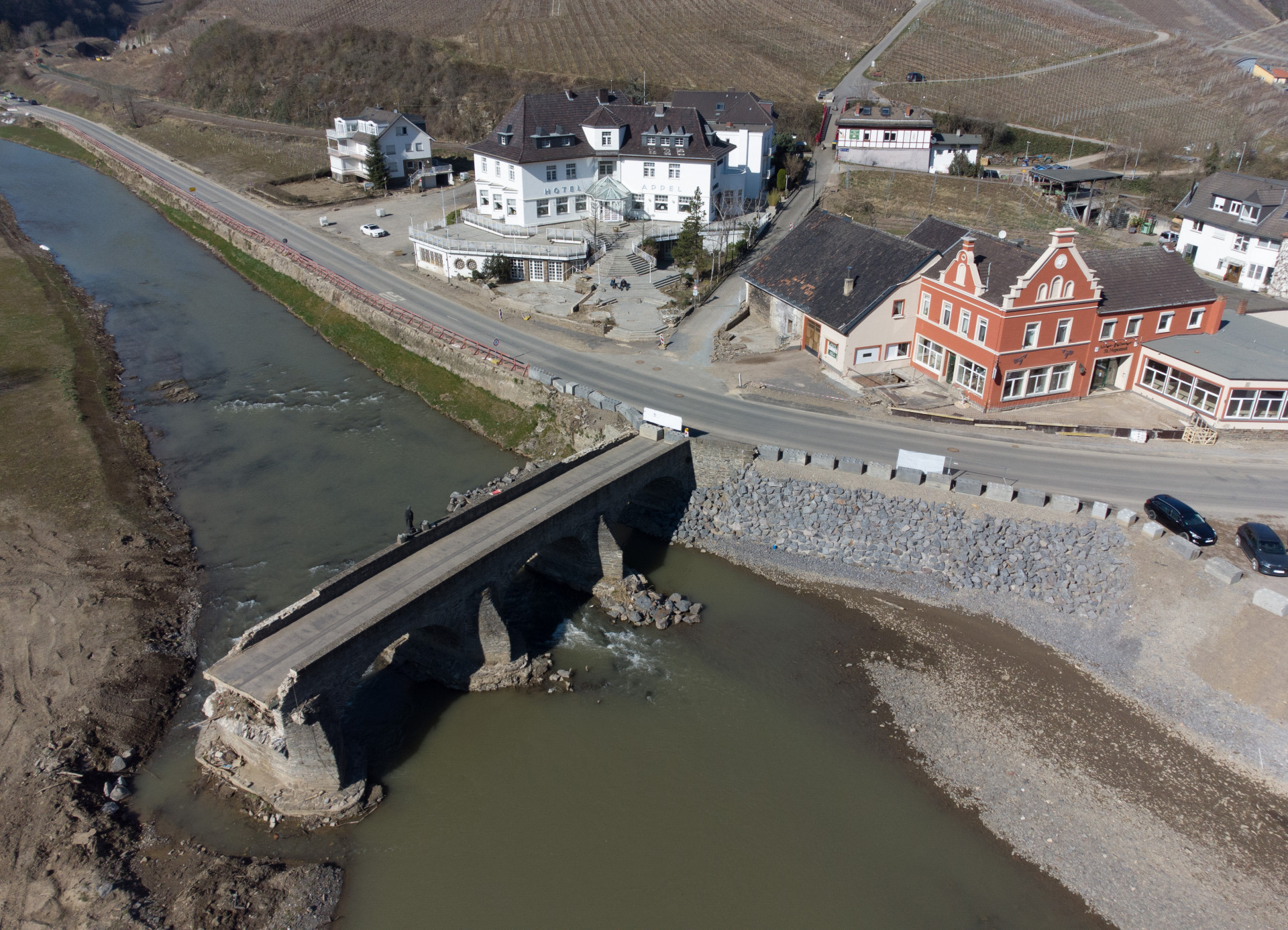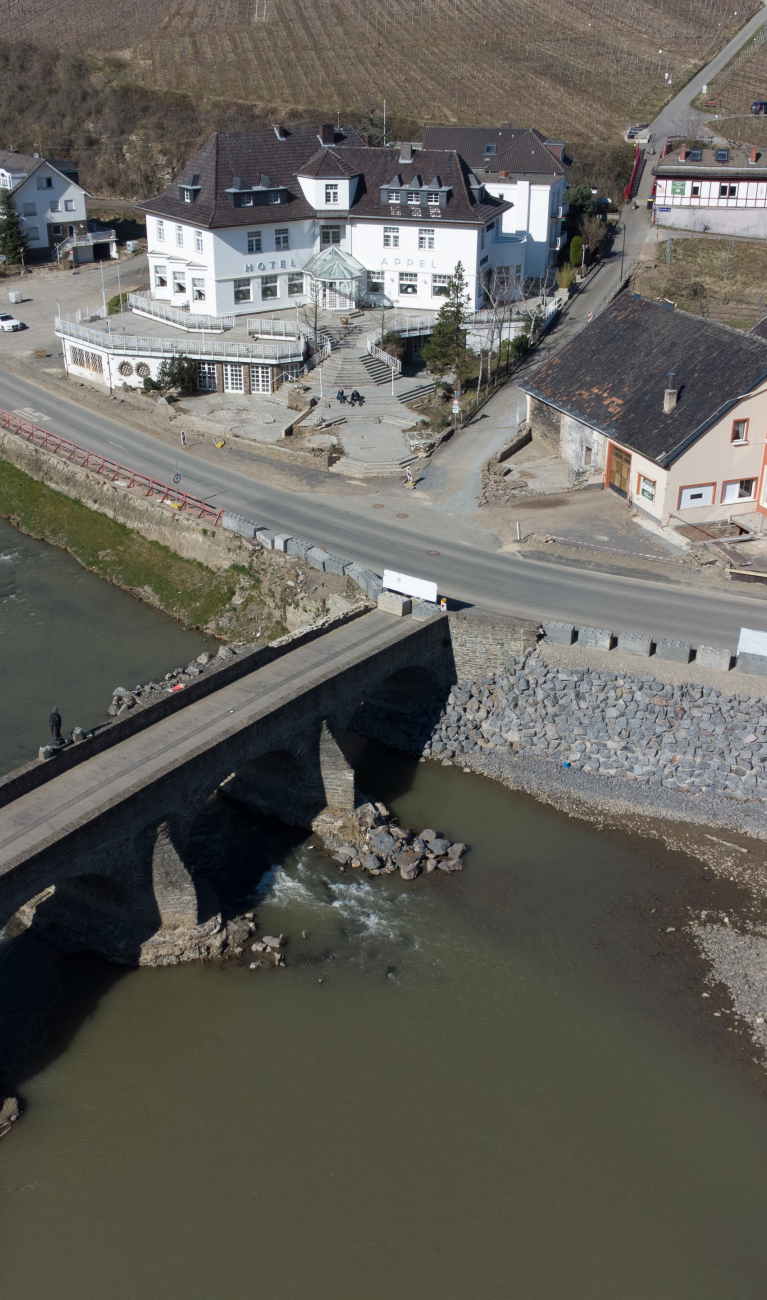



There’s no getting around climate change – the year 2022 certainly showed that. Europe had the hottest summer ever, with an unusually high number of hot days harmful to human health. Persistent dryness and drought put the agricultural sector to the test and promoted the spread of forest fires. That’s why it is ever so important that we react expediently to counteract and prevent climate change from continuing to intensify.
The Helmholtz Climate Initiative provides current facts and a knowledge base on climate change, climate protection, consequences and ways to adapt. Our articles are written in collaboration with the scientists at the Helmholtz centers and factually reviewed by experts. Which facts are controversial, what are the tipping points and planetary limits, how can we brace ourselves against the consequences of climate change like the flooding in the German Ahr valley, and what options are available to extract climate-warming carbon dioxide back out of our atmosphere? These are just some of the questions we have addressed in the past months and that you can read about in more detail here – in our eight most popular articles of the year 2022.


The summer of 2022 gave us another prime example of the dramatic consequences that drought, heat and heavy rain can have on our environment. Such events will plague us in the future as global warming progresses. Together with five other renowned organizations, the Helmholtz Climate Initiative provides an updated collection of facts summarizing the climate change knowledge that is undisputed by the scientific community.


Climate change could cause massive changes to the Earth system. Precisely when critical tipping points will be reached is difficult to predict – but with rising temperatures, we can expect increasingly uncontrollable consequences. What will happen if we fail to achieve the 2 °C climate target of the Paris Agreement?
Learn about tipping points over 2 °C >


Like dominoes that knock each other over, exceeding a single tipping point could upend the balance of other elements in the Earth system. This would result in a faster and more drastic onset of climate change and would alter the foundations of human life – within the span of decades and centuries rather than the millions of years typical of evolutionary history. Whether this happens or not will depend on how well we protect the climate.


With the Paris Climate Agreement, the signing countries commit not to exceed the 2°C goal (global average compared with pre-industrial times), and if possible, to keep global warming under 1.5 degrees. Even this apparently small rise in temperatures would significantly alter the face of the earth: The first tipping points could well be reached, thus triggering radical changes to our climate system.
Learn about tipping points below 2 °C >


Our planet has capacity limits for air pollution, biodiversity, the extent of climate change, and other factors. These are boundaries that must be respected if we are to preserve the basis for human life. The concept of planetary boundaries defines these guardrails. It comprises nine categories that are crucial to the health and viability of human civilization. We have already overstepped some of these boundaries. How can we return to the safe zone?
See page of Planetary Boundaries series >


In the new Working Group II contribution to the Intergovernmental Panel on Climate Change Sixth Assessment Report, climate scientists assess the current state of knowledge about mitigation options to climate change. Here you will find background information the Sixth Assessment Report, on the IPCC, and expert analysis.

In order to limit global warming to a maximum of 2°C, even better to 1.5°C, we should emit only a very small residual amount of CO2 worldwide. However, that's going to be rather difficult because we waited way too long to implement climate protection measures in the first place. That is why many scientists are going on the assumption that – over the long haul – we need to achieve negative emission levels. In our video, we explain what it's all about.


In the night of July 14-15, 2021, record flooding struck the Ahr valley in Germany, killing 134 people. One year later: What key measures have been implemented to handle flash flooding? In which areas has no progress, or only little progress, been made? Where do our adaptation strategies stand?
Read about Helmholtz Focus Topic >